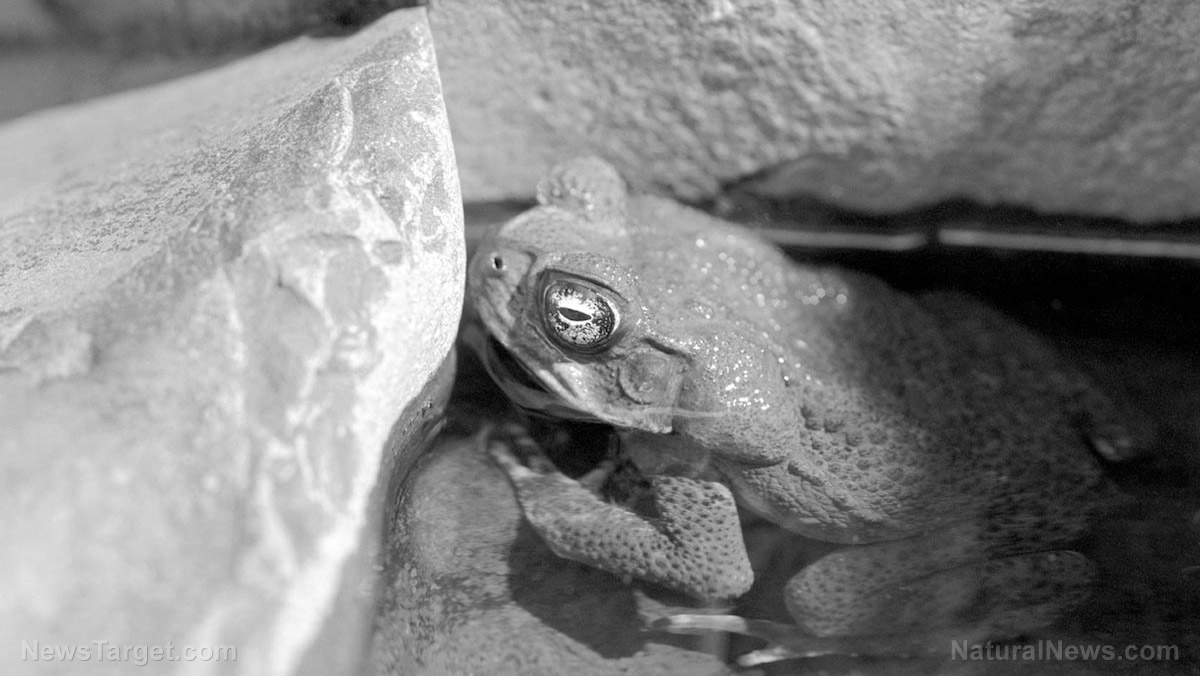
Chytridiomycosis eats the moist skin of amphibians, leaving the animals vulnerable. It wiped out 90 species and continues to cause infrequent deaths in frogs, toads, salamanders, etc.
More than 60 countries confirmed the presence of chytridiomycosis in local amphibian populations. Australia and countries in Central America and South America got hit the worst. The U.S. has a different but similarly dangerous problem in Perkinsea.
Researchers from the Australian National University (ANU) led an international effort to determine the full extent of the damage caused by chytridiomycosis. They said that the pathogenic fungus caused the worst drop in biodiversity connected to a disease.
ANU researcher Dr. Ben Scheele identified the chytrid fungus as the source of chytridiomycosis. The pathogen probably came from Asia since amphibians in that region resisted the ravenous effects of the disease.
He described chytrid fungus as one of the most devastating invasive species known to man. The pathogen is just as bad as cats and rats in terms of the danger they pose to populations of native species.
Chytridiomycosis ravages the populations of amphibian species
Scheele said that chytridiomycosis and other highly infectious illnesses from wildlife played a considerable part in the ongoing sixth mass extinction around the world. The fungal disease has killed off some interesting and valuable amphibian species while placing many others at risk of extinction.
In Australia, more than 40 species of frogs have experienced severe losses in population after the arrival of chytridiomycosis. Seven species have died out entirely.
“Globalisation and wildlife trade are the main causes of this global pandemic and are enabling the spread of disease to continue,” Scheele warned. “Humans are moving plants and animals around the world at an increasingly rapid rate, introducing pathogens into new areas.”
To help stem the ongoing mass extinctions, he stressed the desperate need for better biosecurity and regulations when it came to trading and transporting wildlife. Implementing stricter control over wildlife trade around the world would contribute in no small way to the prevention of such pandemics in the future.
The chytrid fungus is one of the worst invasive species in the world
Furthermore, the ANU research team warned that many species of amphibians continue to experience population declines due to chytridiomycosis. These species face a real risk of going extinct within the next 10 to 20 years.
Scheele said it was essential to figure out which species faced the worst risk from the fungal disease. These animals depended on conservation programs to survive.
Fortunately, Australian efforts to reduce the effects of chytridiomycosis have succeeded in preserving frog species from extinction. They have also come up with better methods to reintroduce other amphibian species to safer areas.
Unfortunately, they found it next to impossible to eliminate the disease itself. Once it secured a foothold in Australian ecosystems, chytrid fungus was there to stay in the bodies of amphibian species that have survived the onslaught of chytridiomycosis but have become potential carriers.
“On the one hand, it's lucky that some species are resistant to chytrid fungus,” Scheele said. “But on the other hand, it means that these species carry the fungus and act as a reservoir for it so there's a constant source of the fungus in the environment.”
For their study, the ANU researchers received assistance from experts on amphibian and wildlife diseases around the world, including their counterparts in Belgium's Ghent University. They published their findings in the journal Science.
Sources include:
Please contact us for more information.






















